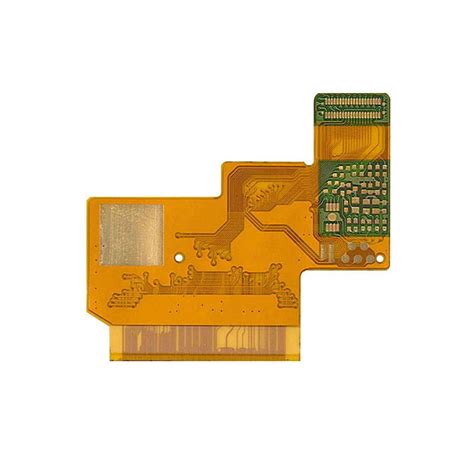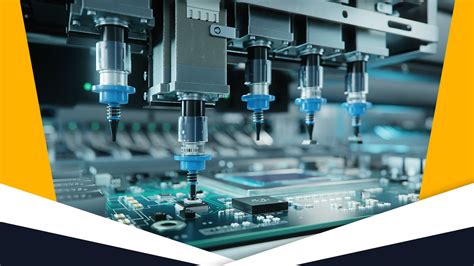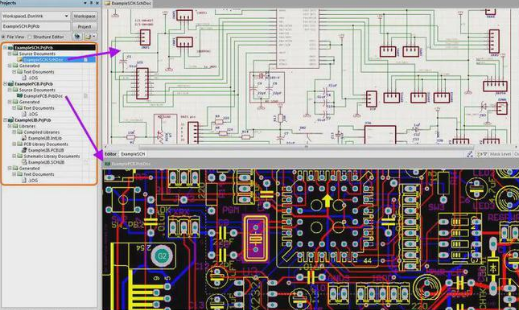How to deal with electromagnetic interference problems on PCB boards
Some people say that there are only two types of electronic engineers in the world: those who have experienced electromagnetic interference and those who have not. With the increase in the speed of PCB routing, electromagnetic compatibility design is an issue that we electronic engineers have to consider. When facing a design, when conducting an EMC analysis of a product and design, there are 5 important attributes to consider:
(1) Key component size:
The physical size of the radiating device that generates radiation. Radio frequency (RF) current will generate an electromagnetic field, which will leak out of the case through the case. The length of the trace on the PCB has a direct impact on the RF current as a transmission path.
(2) Impedance matching:
The impedance of the source and receiver, and the transmission impedance between the two.
(3) The time characteristics of the interference signal:
Is the problem a continuous (periodic signal) event, or does it only exist in a specific operation cycle (for example, a single key operation or power-on interference, periodic disk drive operation or network burst transmission).
(4) The strength of the interference signal:
How strong the source energy level is and how much potential it has to generate harmful interference.
(5) Frequency characteristics of interference signals:
Use a spectrum analyzer to observe the waveform and find out where the problem is in the spectrum, so as to find out where the problem is.
In addition, some low-frequency circuit design habits need to be paid attention to. For example, the single-point grounding I usually use is very suitable for low-frequency applications, but after chatting with the company’s experts, I found that it is not suitable for RF signal occasions, because RF signal occasions have more EMI problems. I believe that some engineers apply single-point grounding to all product designs without realizing that using this grounding method may cause more or more complex electromagnetic compatibility problems.
We should also pay attention to the current flow direction within the circuit components.
With circuit knowledge, we know that current flows from high voltage to low voltage, and current always flows in a closed loop circuit through one or more paths, so a minimum loop and a very important law. For those measured interference current directions, modify the PCB routing so that it does not affect the load or sensitive circuit. For those applications that require a high impedance path from the power supply to the load, all possible paths through which the return current can flow must be considered.
There is also a PCB routing problem.
The impedance of a wire or routing includes resistance R and inductance. At high frequencies, impedance, no capacitive reactance exists. When the routing frequency is higher than 100kHz, the wire or routing becomes an inductor. Wires or routing that work above audio may become RF antennas. In the EMC specification, wires or routing are not allowed to work below λ/20 of a certain frequency (the design length of the antenna is equal to λ/4 or λ/2 of a certain frequency). When it is not designed in that way, the routing becomes a high-performance antenna, which makes later debugging more difficult.
Finally, let’s talk about the layout of the PCB.
First, consider the size of the PCB. When the size of the PCB is too large, the anti-interference ability of the system decreases with the increase of the routing, and the cost increases. If the size is too small, it is easy to cause heat dissipation and mutual interference problems. Second, determine the location of special components (such as clock components) (it is best not to lay ground around the clock routing and not to run above and below the key signal lines to avoid interference). Third, layout the entire PCB according to the circuit function. In the layout of components, the related components should be as close as possible, so that a better anti-interference effect can be obtained.







